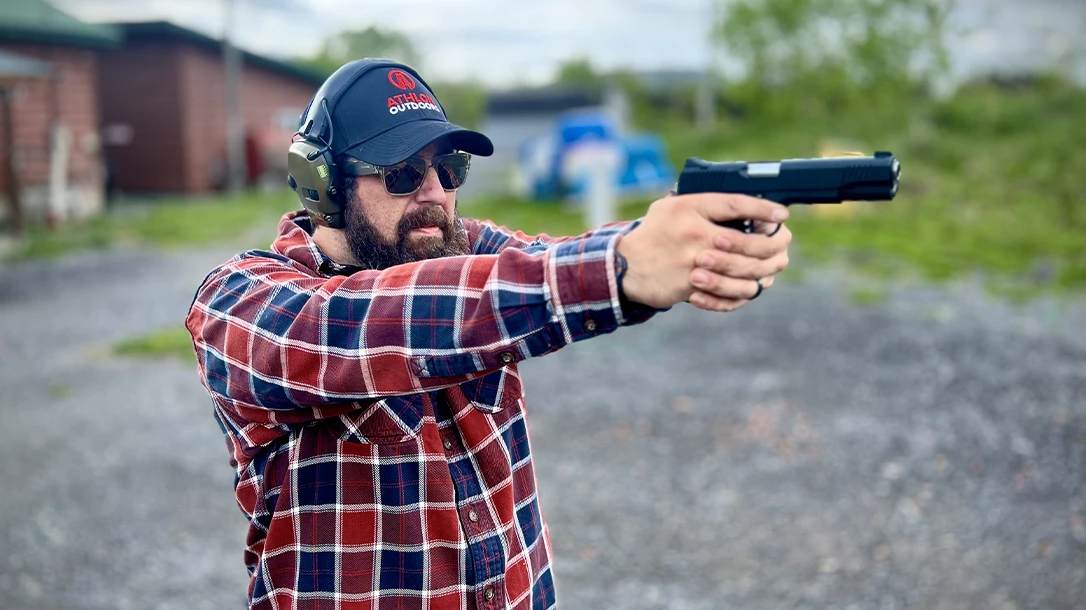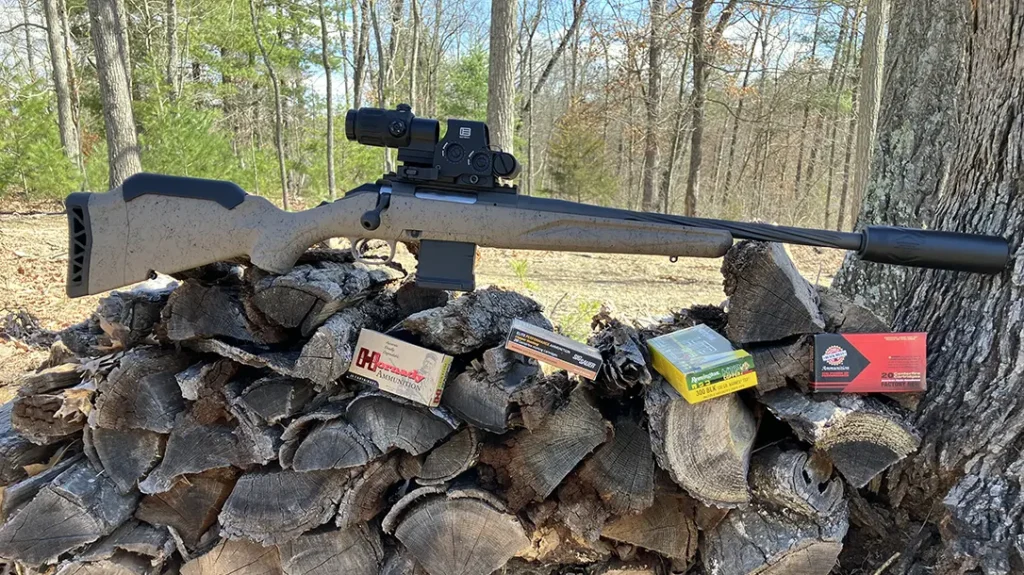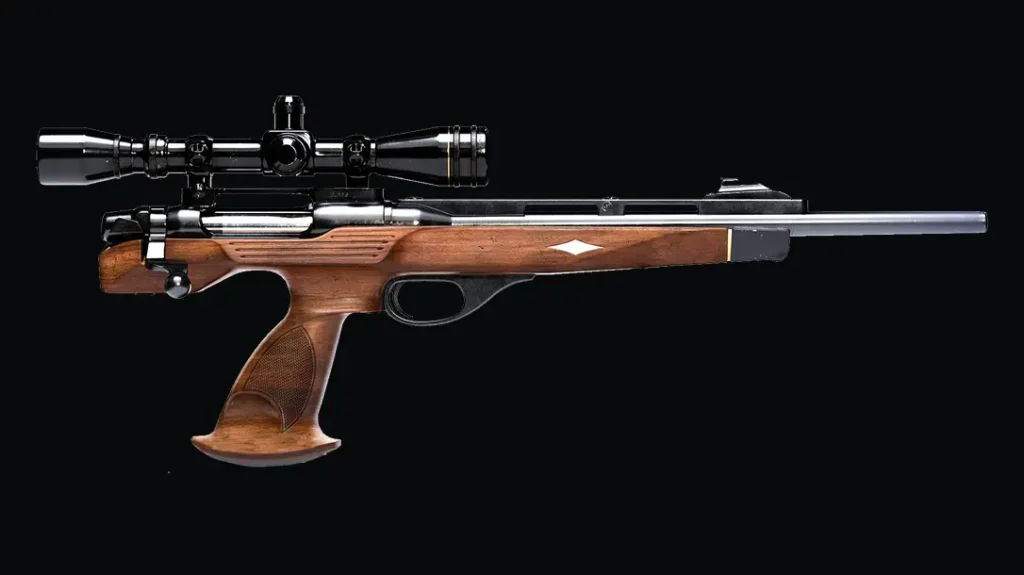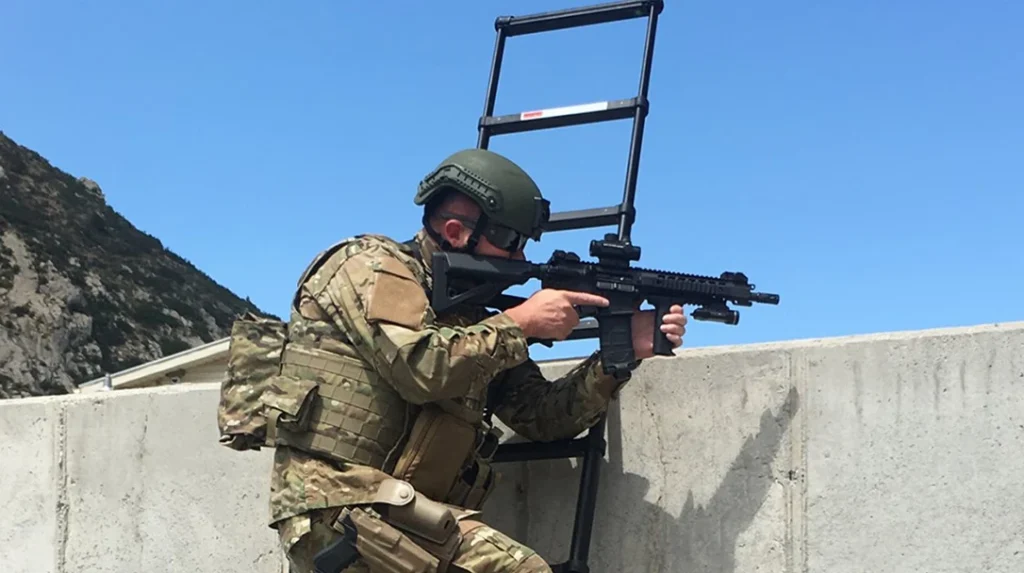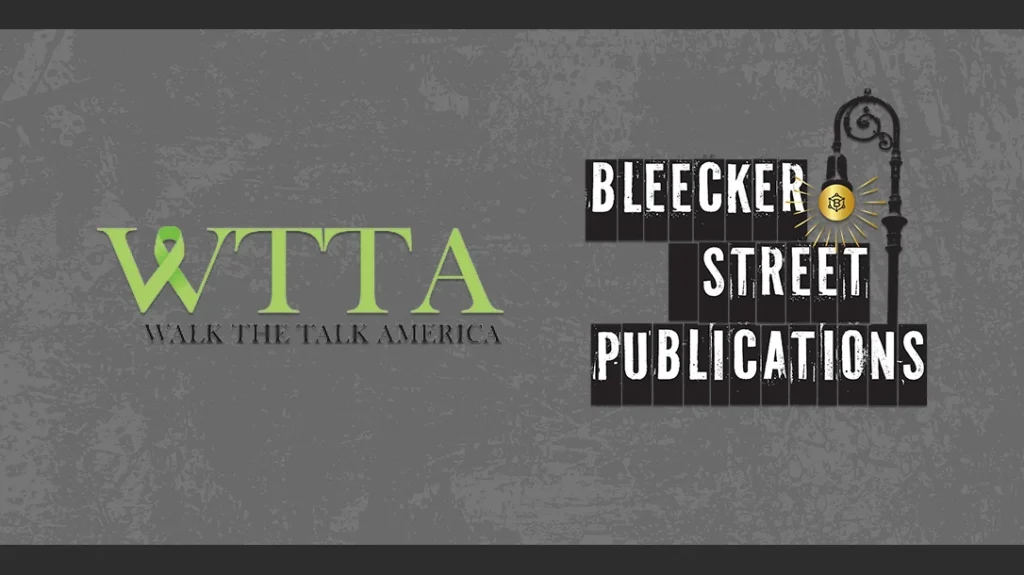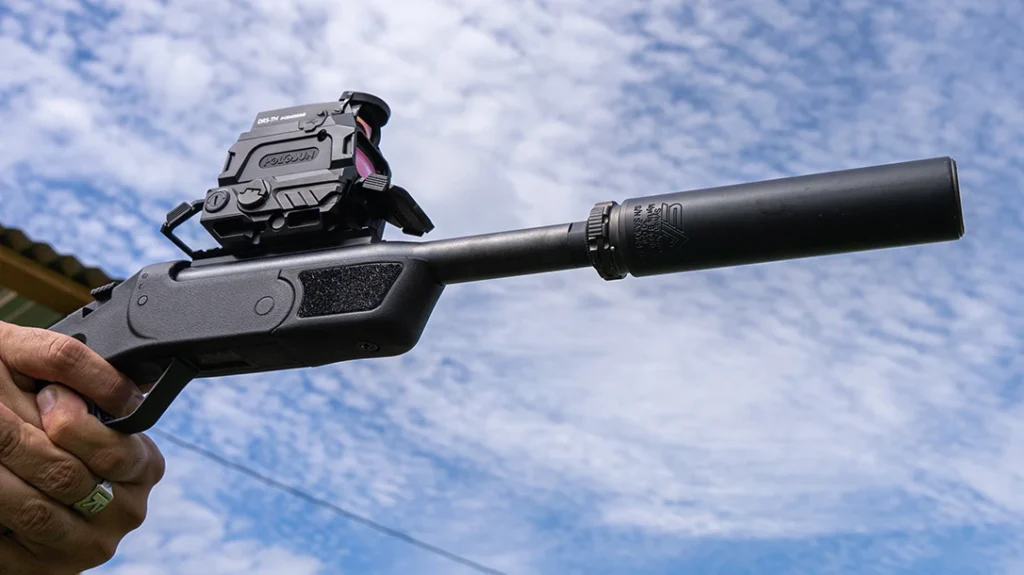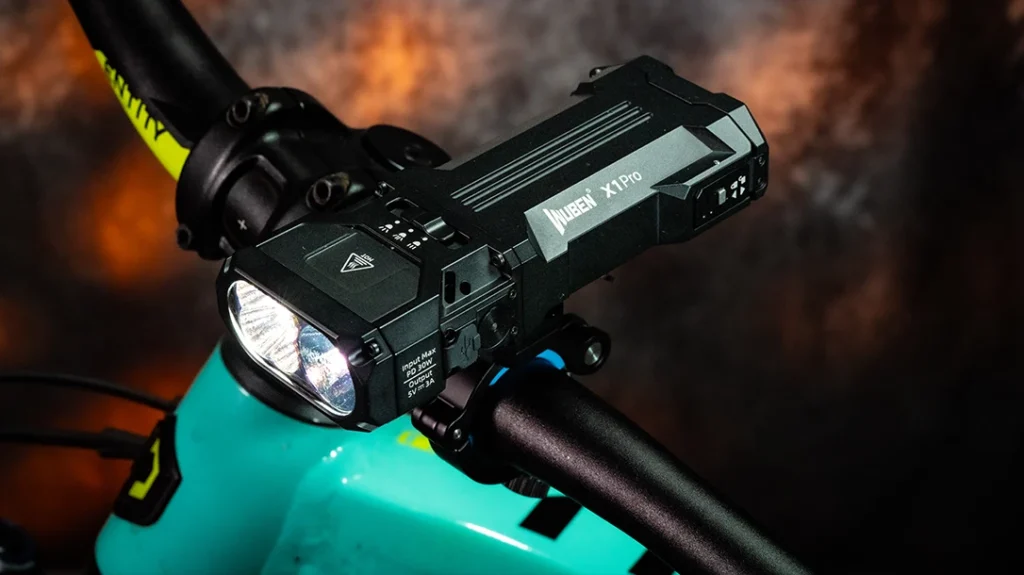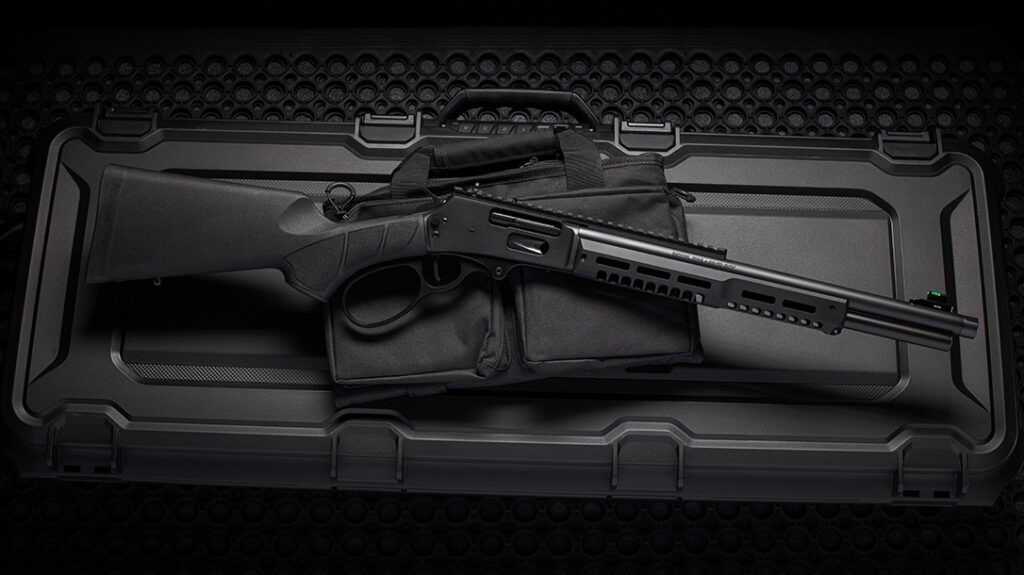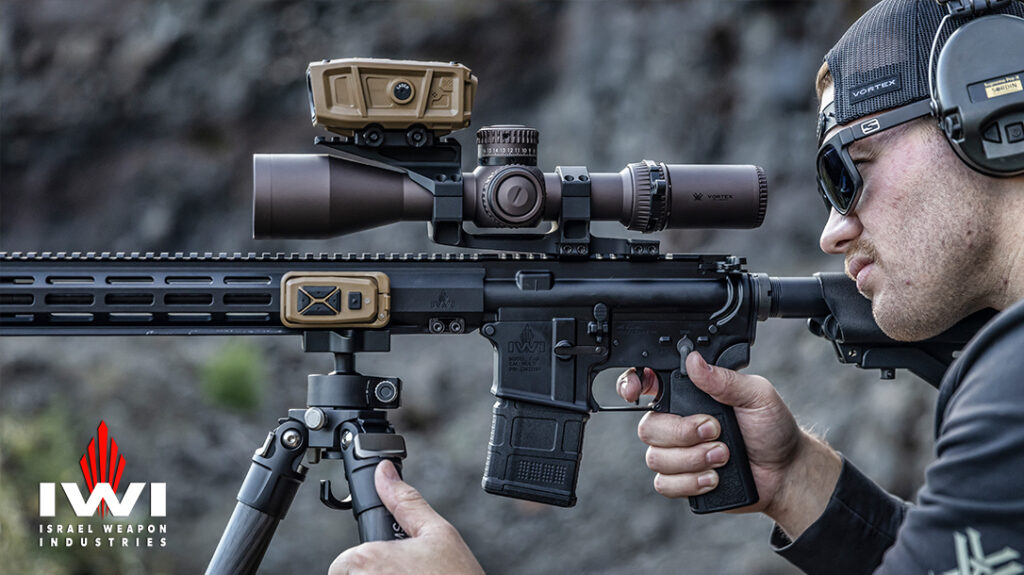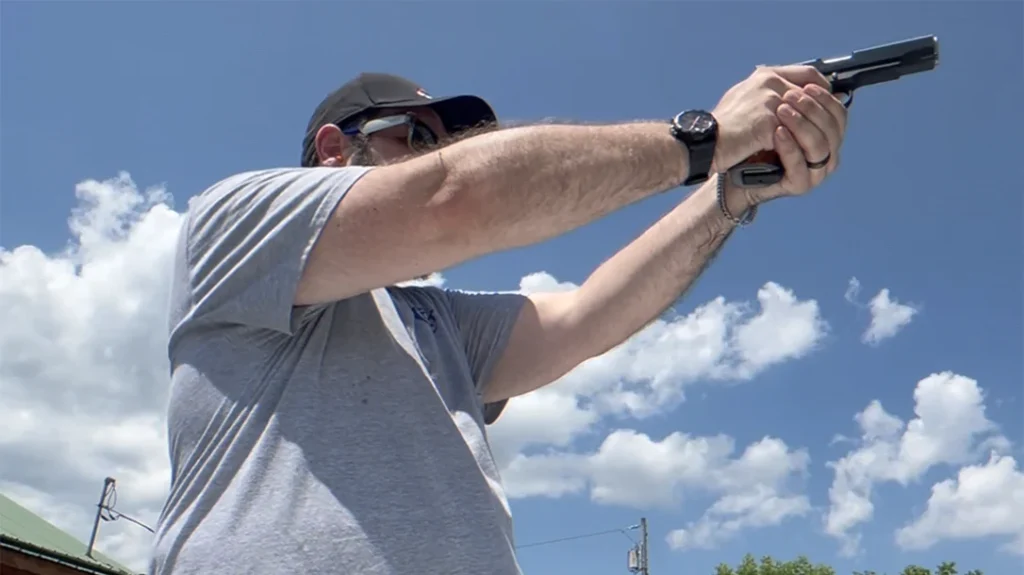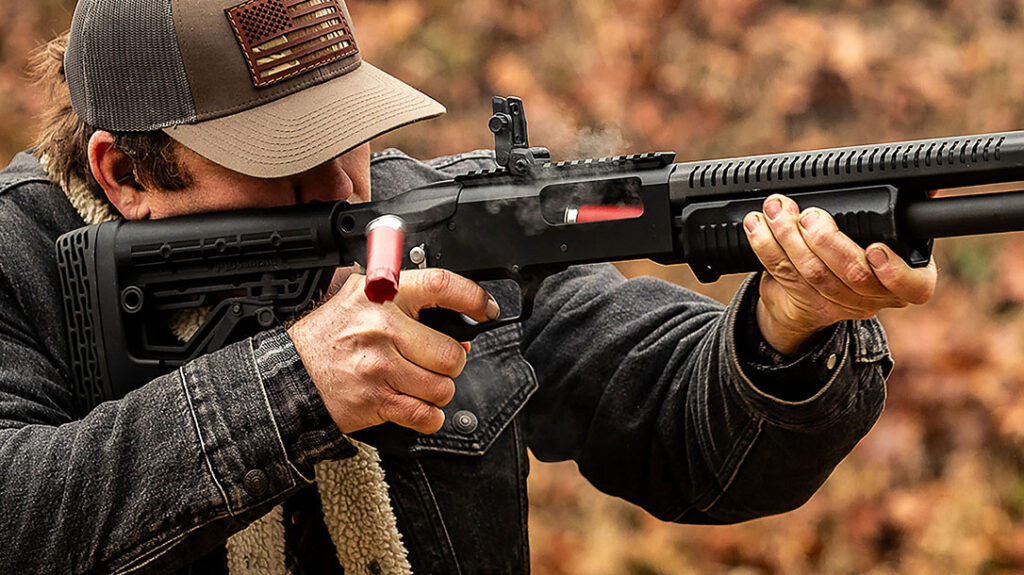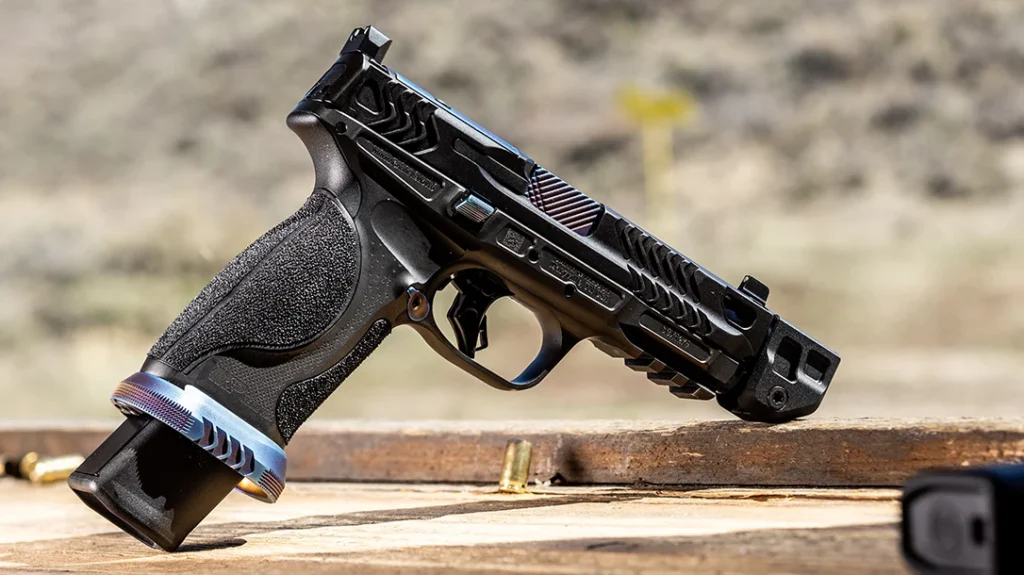There’s nothing more rewarding than seeing your shots land where they’re supposed to — and nothing more frustrating when they don’t. For new shooters, that frustration often comes down to a simple truth: good pistol marksmanship is built on consistent fundamentals. Enthusiasm or gear alone won’t cut it.
Whether you’re just starting out or refining your skills, this guide will help you lay a solid foundation in basic handgun shooting that will serve you for years to come.
Pistol Marksmanship: Building Confidence from the Start
Confidence doesn’t come from luck, it’s built through discipline and structured practice. It also stems from holding yourself accountable. Many new shooters spend too much time focusing on the gun they’re carrying or the latest gadget. Sometimes this leads to neglecting simply “getting good” with what they have already. The key is to start slowly and intentionally.
Advertisement — Continue Reading Below
Dry-fire practice is your best friend. It costs nothing and helps ingrain the feel of a smooth and deliberate trigger press. But dry-fire only works if you do it right. Dry-firing by simply going through the motions is not going to cut it. I always encourage my students to film themselves while practicing. Seeing your grip, stance, and draw from the outside provides immediate feedback you can’t always feel in the moment. The third-person perspective is quite helpful in general.
And if something doesn’t look right? Start over. That’s what dedicated practice is for. Don’t practice to get it right — train until you can’t get it wrong.
Mastering Sight Picture & Alignment
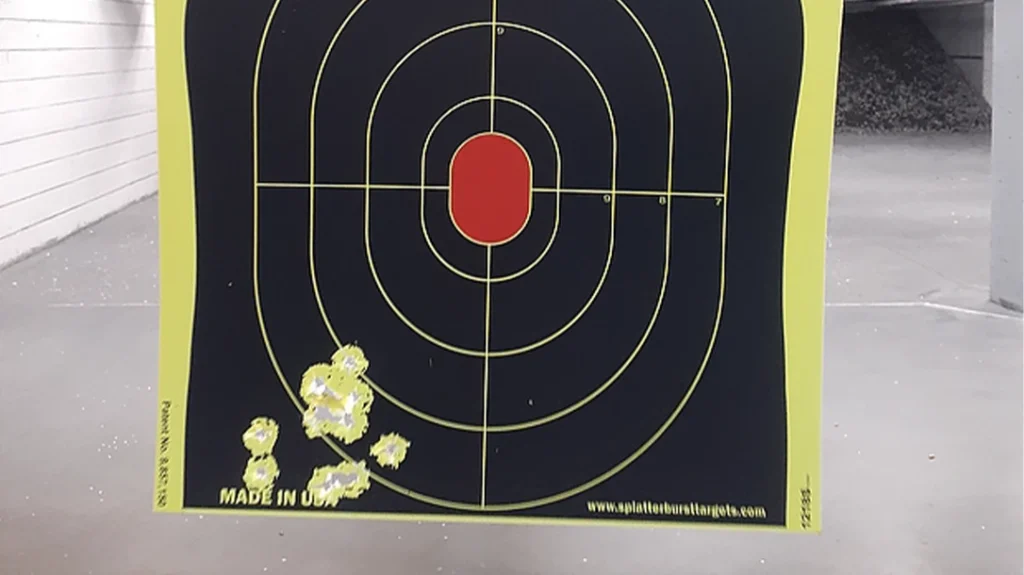
Advertisement — Continue Reading Below
If you’re a right-handed shooter and ever wondered why your shots are landing low and left, even when you swear the sights were aligned correctly when you fired, this is where we need to talk about timing. Your sights need to be aligned at the precise moment the shot breaks, not just when you start pressing the trigger. Being mindful of both your grip and vision as you’re pulling the trigger is paramount.
This can feel strange at first, but it’s crucial. Tools like TrainingSights cards can help immensely in dry-fire practice, teaching your eyes and brain what perfect alignment looks and feels like. They’re simple but effective, giving you a clear reference point for what “right” should look like before you add the pressure of live fire.
Fixing Flinch & Recoil Anticipation
Most shooters, beginners and even experienced ones, will at some point deal with recoil anticipation. It’s one of the factors that can cause those low-left shots for right-handed shooters. The key is recognizing that the gun doesn’t need your help to recoil. Its job is to fire and cycle. Your job is to let it do its thing.
Advertisement — Continue Reading Below
One of the most revealing drills to diagnose flinch is the ball-and-dummy drill. Have someone load a magazine or cylinder out of your sight with snap-caps (dummy rounds) mixed in randomly among live rounds. When the dummy round cycles, you’ll immediately see if you’re flinching because the gun won’t fire but your muzzle will dip.
Another simple but powerful drill is the single-round drill: load just one round at a time, so you can focus 100% on sight picture and trigger press without rushing into a follow-up shot. Focus hard on keeping the sight aligned and building steady pressure on the trigger. Then, let that shot surprise you. For certain shooters, this can be quite helpful.
Foundations of Recoil Control
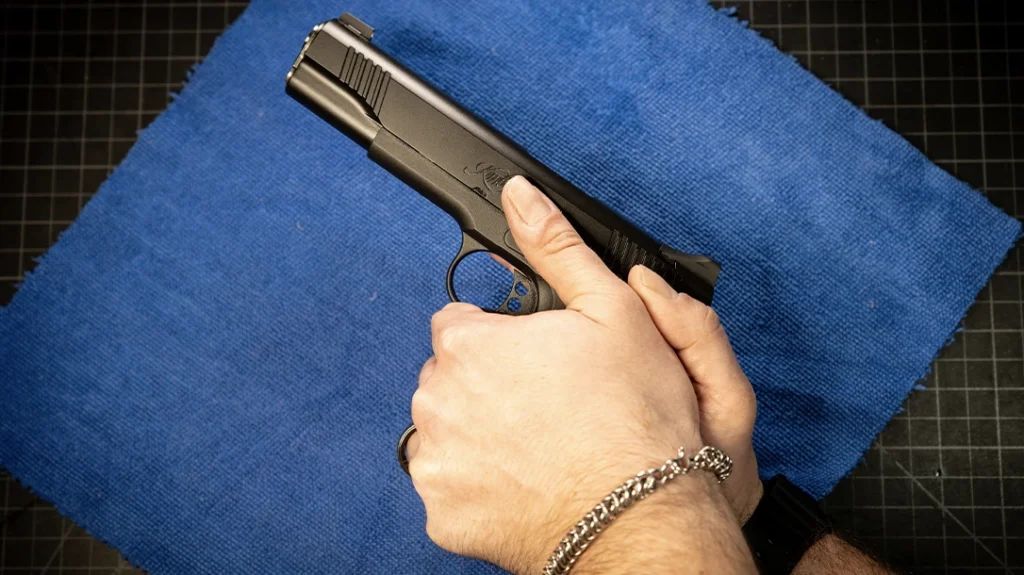
Advertisement — Continue Reading Below
Proper grip is non-negotiable for good marksmanship. If your grip is too loose and the gun moves and you slice shots. If it’s too tight, your tension affects your shooting and can lead to things like trigger-freeze.
The sweet spot? Firm enough that the gun stays planted but not so tight that your hands tremble.
Your stance matters too. Positioning the body correctly goes a long way into smoothly controlling a handgun. Lean slightly forward on your toes with shoulders over your knees and keep your eyes up. You also want to make sure to keep your elbows slightly bent. Locking your arms out is actually counter-productive. Most importantly, avoid the common mistake of leaning back. Doing so actually makes you less stable and lets the gun’s recoil indirectly control you. Remember to bring the gun up to your eye line rather than dropping your head down.
Advertisement — Continue Reading Below
When it comes to concealed carry training specifically, these fundamentals translate directly from static drills at the range to defensive contexts.
Iron Sights: A Core Pistol Skill
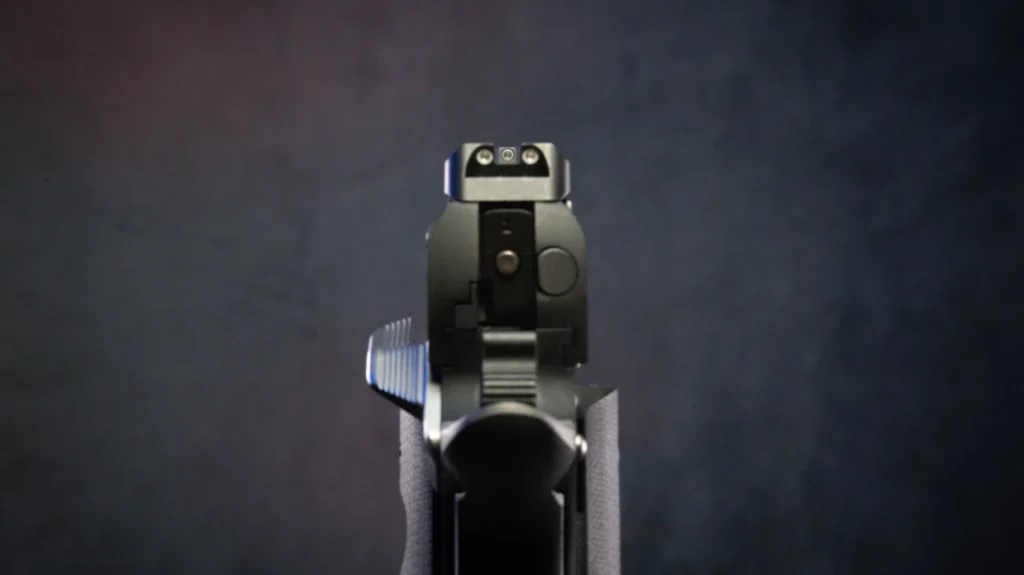
Even though red dots and optics are popular, mastering iron sights is essential. They require discipline and they sharpen your fundamentals in a way that transfers across platforms. Shooters can use both front sight focused shooting and target focused shooting with iron sights. Both have their place depending on the task at hand. Front sight focused shooting works exceptionally well for precise and methodical shooting. Target focused shooting is better for faster shooting that’s done deliberately.
Advertisement — Continue Reading Below
Front Sight Focused Shooting
Align the front sight perfectly within the rear notch and focus your vision on the front sight itself. Don’t chase a perfectly clear target picture — accept that the front sight is your reference point for where the shot is going.
Target Focused Shooting
Target focused shooting involves having both eyes open. It’s another skill that will help tremendously, especially in defensive scenarios where maintaining a wide vision field is helpful. Target focused shooting can feel awkward at first, but with dry-fire practice it becomes natural, giving you a wider field of view and better situational awareness — critical attributes for concealed carry. Instead of focusing solely on the gun’s front sight, you focus on the target intently. If it’s a large target, pick a small post and look through it as if you were punching through it with laser-vision. Once your sights intersect your imaginary “laser-beam”, the gun is aligned.
Target focused shooting is the key to shooting well with red-dots too.
Advertisement — Continue Reading Below
Live Fire with Purpose
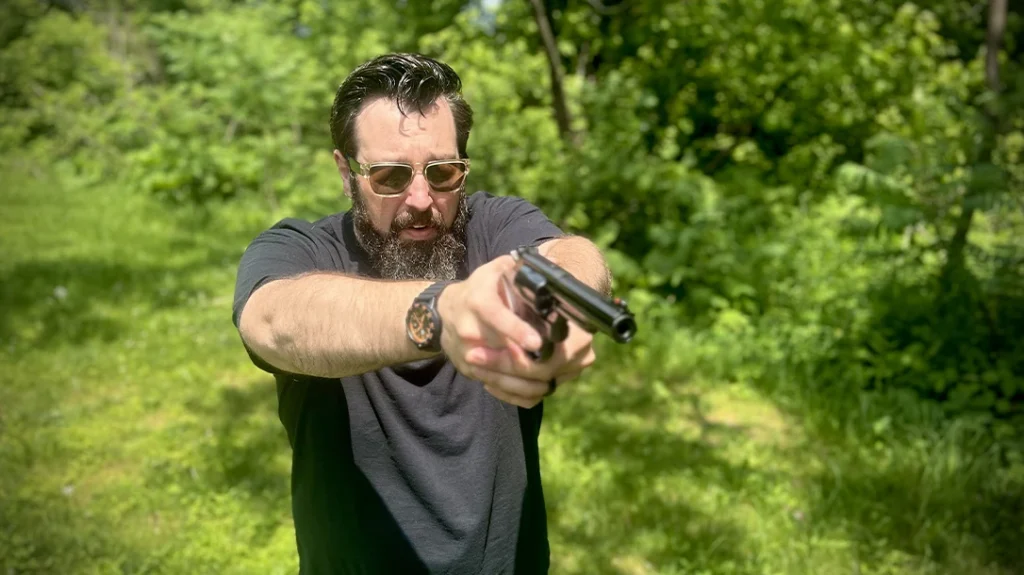
Live-fire practice is where it all comes together. Approach every pull of the trigger with intention. Your goal isn’t to simply shoot because during live-fire practice you should confirm what you’ve been practicing in dry-fire. Ensure that your habits are carrying over under real recoil.
Start with slow and deliberate shots to build consistency. Use a shot timer if you can, not for speed at first but for measuring progress and identifying inefficiencies. As your fundamentals solidify, gradually introduce faster follow-ups and transitions, but never at the expense of control.
Advertisement — Continue Reading Below
Practical Pistol Drills
I tell every student the same thing: the best shooters don’t train until they get it right, they train until they can’t get it wrong. So start simple:
- Wall Drill: stand a few feet from a blank wall, align your sights, and dry-fire with a focus on the front sight. This eliminates distraction and builds trigger control.
- Press-Out Drill: from a compressed ready position, press out toward the target, acquire your sight picture, and fire a single controlled shot. Reset and repeat with focus on consistency.
These drills aren’t complicated, but they work. And that’s what matters.
Final Shots
Pistol marksmanship is a journey that’s worth taking seriously, especially if you carry concealed. Focus on the fundamentals, embrace the discomfort of honest self-assessment and trust that structured practice will get you there.
Whether you’re refining your grip, working through flinch or mastering iron sights, consistency is key. And don’t forget to take advantage of simple tools like Sight Cards and Blank Walls to build your visual discipline during dry-fire sessions.
At the end of the day, your skill is what matters most. It’s not your gear, not your setup but your ability to run your gun properly under pressure. Build that confidence brick by brick, and before long, you’ll shoot better than you thought possible.
